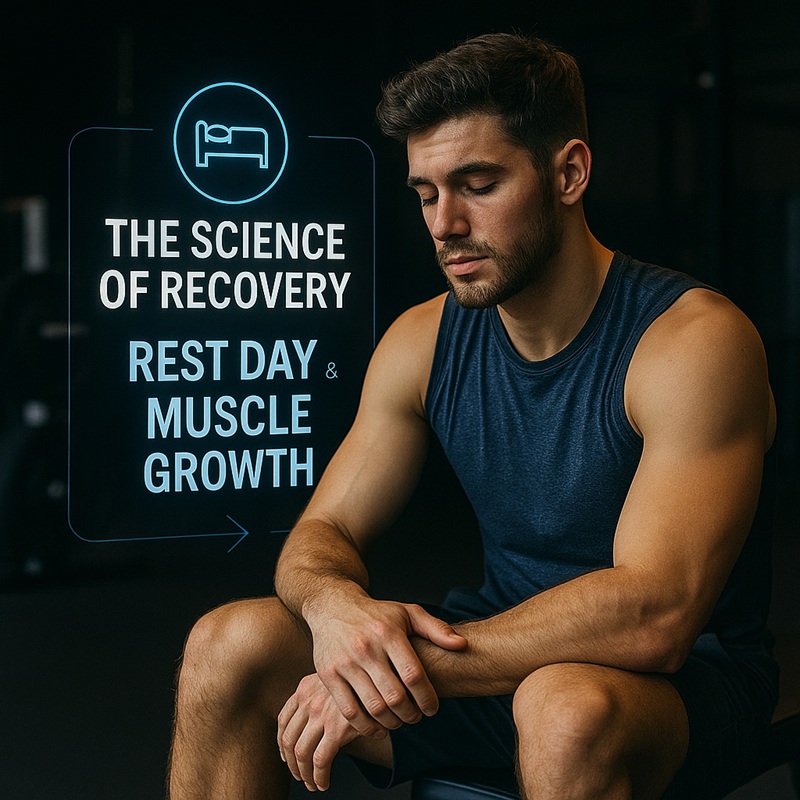The Science of Recovery: Rest Days and Muscle Growth

Rest days are often overlooked, but they are a critical part of any fitness journey. Understanding how they support muscle growth can help you train smarter and avoid burnout.
Why Rest Days Matter
During exercise, you create tiny tears in your muscle fibers. Growth happens not during the workout, but when your body repairs these tears during rest. Without adequate recovery, muscles can’t rebuild effectively, leading to fatigue, injury, or stalled progress. Rest days allow your body to replenish energy stores, reduce inflammation, and strengthen tissues.
For beginners, this is especially important because your body is still adapting to the stress of exercise. Skipping rest can undo your hard work and increase the risk of overtraining.
How Recovery Fuels Muscle Growth
Muscle growth, or hypertrophy, relies on a process called protein synthesis. Here’s how rest plays a role:
- Repair and Rebuild: After a workout, your body uses protein to repair muscle fibers, making them larger and stronger.
- Hormonal Balance: Rest increases the release of growth hormone and testosterone, which are essential for muscle development.
- Energy Restoration: Glycogen, your muscles’ primary fuel, replenishes during rest, preparing you for your next session.
Studies show that 48–72 hours of rest between working the same muscle group can optimize these processes, depending on workout intensity.
Signs You Need a Rest Day
Listening to your body is key to effective recovery. Watch for these signals:
- Persistent Soreness: If muscles feel stiff or painful days after a workout, they need more time.
- Fatigue: Feeling unusually tired or lacking motivation can indicate overtraining.
- Plateau or Decline: If performance drops (e.g., lifting less weight), your body may need a break.
Taking a rest day when these signs appear prevents long-term setbacks and keeps you on track.
Making the Most of Rest Days
Rest doesn’t mean inactivity—it’s an active process. Here are practical ways to enhance recovery:
- Sleep Well: Aim for 7–9 hours to support muscle repair and hormone production.
- Stay Hydrated: Water helps flush out toxins and deliver nutrients to muscles.
- Light Movement: Gentle activities like walking or stretching improve blood flow without straining muscles.
- Eat for Recovery: Include protein-rich foods (e.g., chicken, eggs) and complex carbs (e.g., sweet potatoes) to aid repair.
Balancing rest with nutrition maximizes the benefits of your workouts.
Building a Recovery Schedule
A balanced weekly plan might include 3–4 workout days and 2–3 rest days, depending on your level. For example:
- Monday: Strength training
- Tuesday: Rest or light stretching
- Wednesday: Cardio
- Thursday: Rest
- Friday: Strength training
- Weekend: Rest or active recovery
Adjust based on how your body feels, ensuring each muscle group gets adequate rest between sessions.
Long-Term Benefits of Prioritizing Recovery
Consistently incorporating rest days leads to stronger muscles, better endurance, and reduced injury risk. Over time, this approach builds a sustainable fitness habit, allowing you to train harder and longer as you progress. Recovery isn’t a luxury—it’s a science-backed strategy for success.